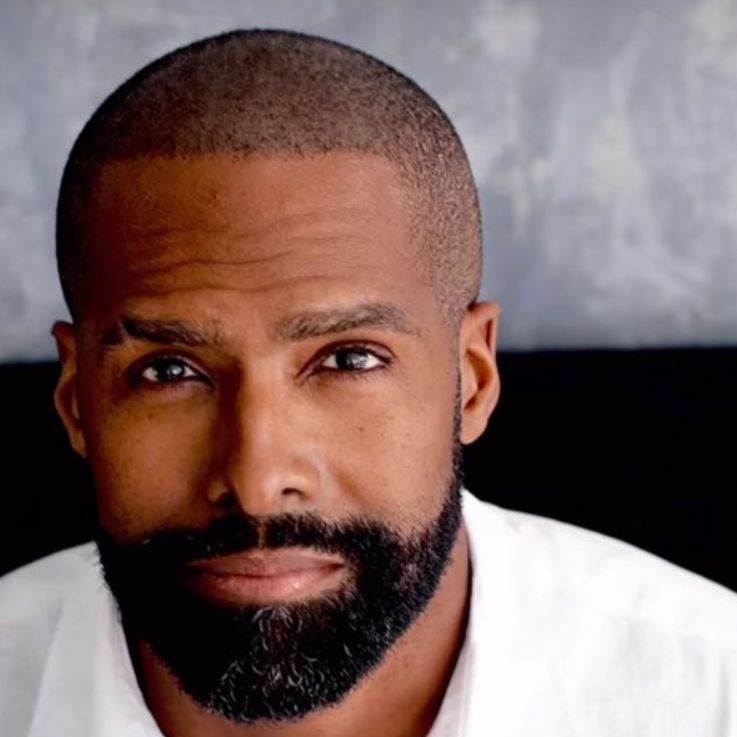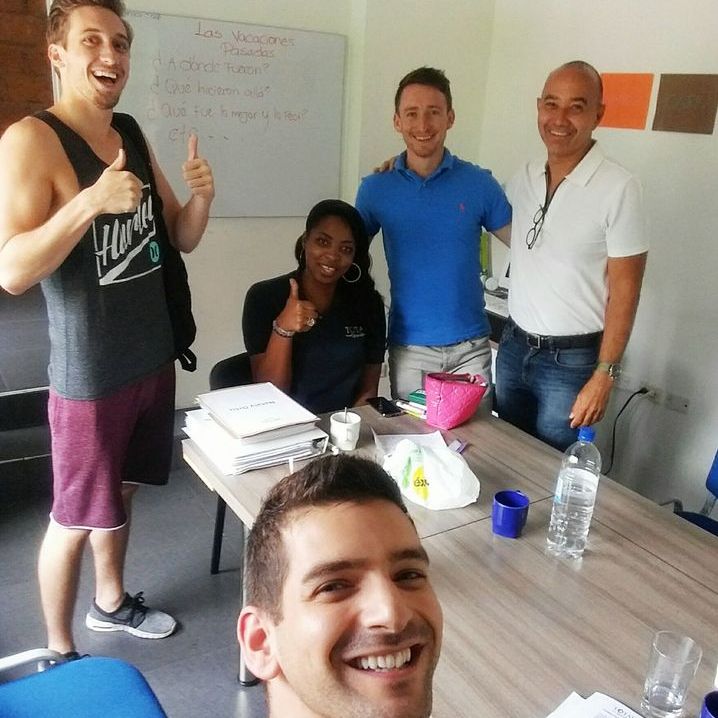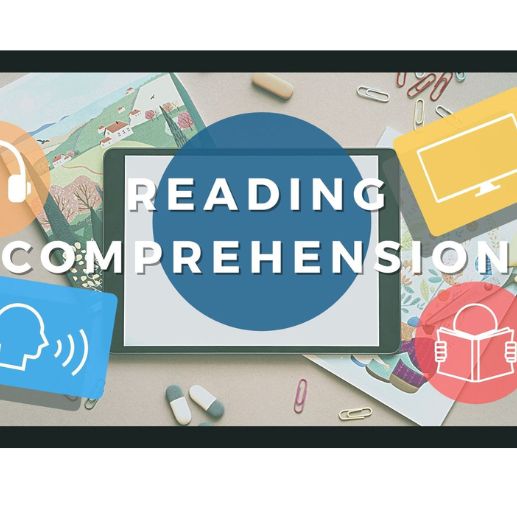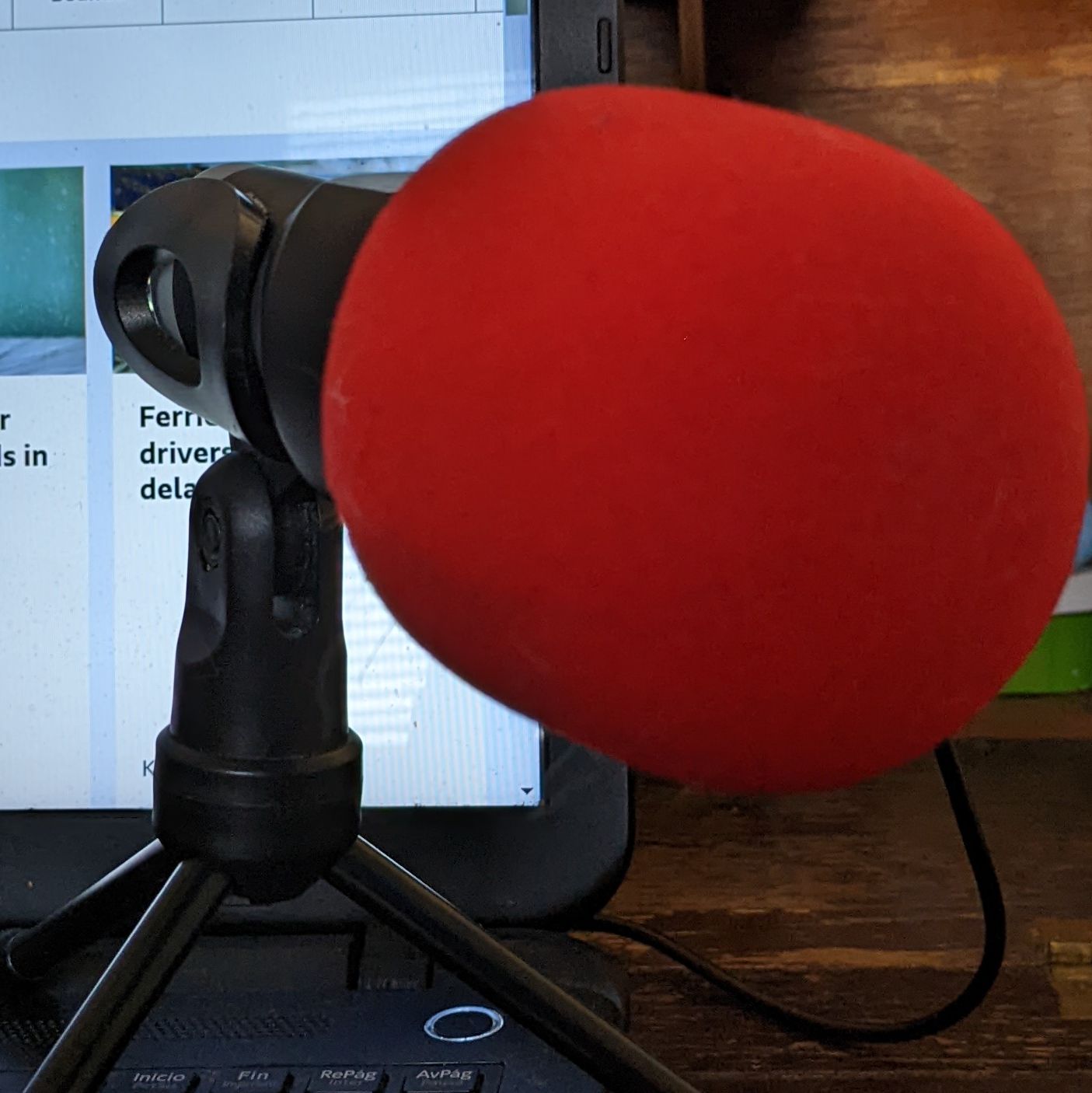Pesquise entre vários professores de Inglês...

Preparation is Key - A Business Story - EP 25
Descrição
The boardroom shimmered with anticipation. It was our moment – the chance to present our green energy solution to a potential billion-dollar partner. Months of research and development hung in the balance. As CEO, I knew the presentation had to be flawless.
Flashback six weeks. We'd made the initial contact with them, but our initial proposal was met with a lukewarm response. Their feedback – "unclear goals" and "lack of data-driven evidence." It was a harsh lesson. We'd underestimated the importance of clear communication.
This time, we went all in on preparation. We drilled down on their specific needs, tailoring our presentation to address their environmental goals and cost-saving projections. Data became our mantra. Charts, graphs, and case studies were meticulously crafted to showcase the impact of our technology.
Anticipating questions was paramount. Our team planned every scenario, rehearsing responses until they were clear, concise, and confident. Even the presentation slides – clean, visually appealing, and focused on the message – became a communication tool.
Fast forward to the meeting. My opening statement resonated. It wasn't just about our technology; it was about a shared vision for a sustainable future. The data painted a compelling picture, each statistic linked back to the investor's needs. When questions arose, our team delivered prepared, impactful responses.
The atmosphere shifted. Their executives leaned forward, engaged. The follow-up discussions were lively, brimming with possibilities. We left that day with a handshake and a renewed sense of optimism.
Weeks later, they signed the partnership agreement. Looking back, it wasn't just our technology that won them over. It was the preparation, the clear communication, and the confidence we exuded. In business, effective communication is the bridge between good ideas and successful partnerships. And that bridge is built on preparation.
Canal de Podcast
The Global Professional Podcast
Autor
Todos os episódios

El problema de Gabriela

Mama Yangu | My Mother

Vol.125 新 マリアさんとラーメン店での会話、セイさんも

US Researchers Find New Way to Recycle Clothes

IELTS Speaking Part 1. Topic - Your Country. Band 8-9 answers.

изучение фразового глагола "Bring Up"

What do you mean "かっぽり”? Learning the Tohoku dialect.

How To Choose a Good Teacher
Episódios populares

Consejero espiritual y subjuntivo
El problema de Gabriela

Swahili With Shaz
Mama Yangu | My Mother

SAMURAI BROADCAST 侍放送 継続は力ニャり
Vol.125 新 マリアさんとラーメン店での会話、セイさんも

Practice Listening, Reading & Comprehension
US Researchers Find New Way to Recycle Clothes

IELTS-SPEAKING 8-9 BAND IS POSSIBLE. DAILY SPEAKING PRACTICE PART 1,2 & 3. Listen daily.
IELTS Speaking Part 1. Topic - Your Country. Band 8-9 answers.

Английский для Русскоговорящих _ 50 Самых Распространённых Фразовых Глаголов в Английском Языке
изучение фразового глагола "Bring Up"

Nihongo tokidoki Inaka hougen with Megumi Na
What do you mean "かっぽり”? Learning the Tohoku dialect.

Teacher Joseph's Podcast
How To Choose a Good Teacher